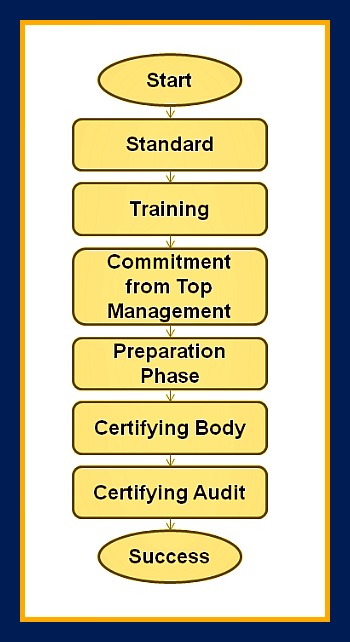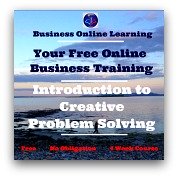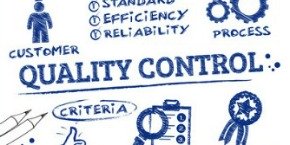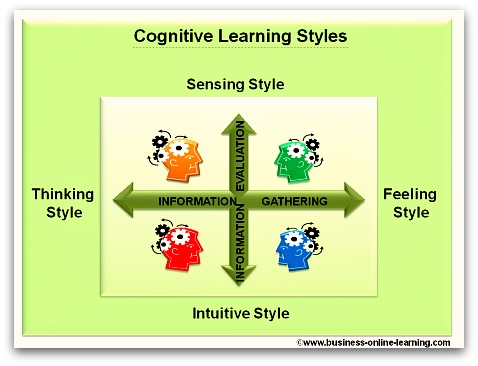Certification of
Quality Management Systems.
Continued.
With the certification of Quality Management Systems, the following process highlights the typical Roadmap.
A. Which Standard?
Determination of which standard you wish to be certified for
- TL9000: Telecommunications Industry
- AS9100: Aerospace
- ISO/TS 16949: Automobile
- ISO/TS 29001: Oil Refineries
- ISO/IEC9003: Computers
- TickIT
B. Training in Standard
Find training in that standard to ensure the requirements of that standard are clearly understood internally (within your organisation) by those people who make the important decisions.
Do note that a deep understanding of the standard is of great benefit later on when the actual audits occur; when many issues and their interpretation may need to be ironed out.
These standards are written for global, wide-ranging use. How they are to be interpreted for use in your company will result in many discussions with the certifying auditor.
My advice is to have a person working within your company to be very well versed in the requirements of that standard – as opposed to hiring consultants to come in, do their work and disappear with the know-how.
C. Commitment from Top Management
Commitment from Top Management. This will usually take the form of a statement on how the organisation and top management see Quality as a prerogative in the company. This is usually formulated and declared by top management and signed. It is the Quality Policy – a requirement of most of the standards in the certification of Quality Management Systems.
Top Management also need to understand the framework of all that needs to be undertaken to earn certification of quality management systems. This will be key to the smooth unfolding of events.
Without top managements support and transparent commitment, you are likely to be running around like the proverbial “headless chicken”!
D. Preparation Phase
Preparation Phase; the most difficult and time-intensive phase. As each standard reaches in to every function and area in a business, all of them now have to “come up to the standard”.
D1: Plan of Action
Start out with your plan of action. This plan should have details such as timeframe and %coverage on your goals (Trainings planned, trainings completed, documentation prepared, documentation trained in, internal checks, etc.) .
The plan should typically include the development of a process management approach with - a defined approach to the process landscape, key processes, process owners, process users, process champions, process documentation, process assessments and suchlike. You will need a clearly defined approach to managing your processes so that you have uniformity and everyone is “speaking the same language”.
D2: Training
Training of all process owners in the approach. This must have the aim to equip all the process owners to take on the responsibility for their process, map it out and then assess themselves as to the quality of their process. Process Owners taking on their responsibilities are key to successful certification of Quality Management Systems.
Also, company-wide training on such general, non-function-specific topics such as:
a. Corrective action procedures
b. Process assessment / internal audit approach
c. Process management
d. Quality manual
e. Document control regulations
f. Data reporting / Quality reports
g. Requirements on specific functions by the standard, for example HR, Purchasing, Incoming Goods, Logistics, Stores, Maintenance, Production, Calibration, Management Review, etc.
D3: Cementing the Quality Management System
This aspect of the certification of quality management systems is the most fraught and tense time – but if done well, is the phase that will bring most benefit to the company.
Development of the Quality Manual which must encompass the companies approach to managing the quality of work done in the business. This manual must contain the Quality Policy.
If the process mapping and documentation is “thrown together” in an excuse-like fashion, they will not be of any benefit to anyone and are likely to lead to the downfall of the certification and the unnecessary waste.
Well thought out processes will lead to streamlining, transparency, better management, better efficiency of the area, process or task at hand; they will lead to many weak areas being uncovered.
The trick is to know when to stop and say “we are now sufficiently covered”. My advice here is to follow the EFQM approach and keep an eye on the balance being held between the results from the process and the efficiency of the process (how well the process is being executed).
E. Decision on the Certifying Body
This is an extremely important move to make.
Accreditation: You need your certifying body to be reputable and accredited, otherwise your certificate will not be worth the paper it is written on. An accredited certifying body is governed and audited by an accredited firm which is the regulating body that ensure that your auditor works according to standards set on auditors.
Consultant Advice: Note also at this stage that Auditors are not allowed to offer consultant advice. In your discussions with the company you are intending to hire, clarify this issue as there may be a conflict of interests.
Sourcing: A good source of find in suitable certifiers is to ask your customers or indeed your competitors.
Meeting with the Certifiers
Once the decision is made, which certifying group, agency or body you are going to work with, hold a meeting with the aim of clarifying their understanding of the certifying process. Often there are special conditions that can be agreed upon, i.e. special offers for small and medium sized enterprises, special rates for a multitude of sites, etc. in the Certification of Quality Management Systems.
At this meeting you should finalise your roadmap for the phases:
- Document Control
- Initial Audit
- Full Audit
- Implementation phase for corrective actions.
Ensure you have a clear understanding of their approach. What is a holding point and what is the procedure. When I used to work as a certifying auditor there were two grades of issues needing addressing after an audit.
1. A Holding point. This was an issue where there was no adherence to the approach decided upon within the company. (For example, procedure available but not followed through). Also known as a “Minor Point”, it was necessary to be dealt with and would be observed, but did not necessarily hold up the awarding of the certificate. The system was available; the problem highlighted was with the implementation.
2. A Blocking point: this was an issue where requirements from the standard were not being addressed to in any form. There was a “gap” found in the Quality System. This was really serious because the certificate could not be awarded until this issue was dealt with. This is also called a “Major Point”.
Often, we would also offer Observation Points when we felt something needed addressing. It was our way of offering more support in the compliance with the standard and in the Certification of Quality Management Systems.
Validity of the Certificate
Typically, once a certificate is awarded, it is valid for 3 years. After the Initial and full-blown audit, regular audits will take place to ensure that the system is still up and running and fully deserving of the certificate.
Full Audit and Maintenance audits.
At the initial Full Audit absolutely everything is checked out, each function, each process, each site completely, before the certificate can be awarded.
Thereafter some lenience is allowed in setting priorities as to the areas being covered in the Maintenance Audits.
As the Quality Representative, this may be useful in helping areas that are difficult to up their game.
Conclusion
See the Certification of Quality Management Systems as an opportunity. Keep it real! It will work out, how well is entirely dependent on how well you prepare - but if you are already reading this, you are doing exactly that!
Go to Top of Certification of Quality Management Systems page














 My name is Martha and I have worked for over 30 years in various aspects of business and in various countries, right around the world.
My name is Martha and I have worked for over 30 years in various aspects of business and in various countries, right around the world.